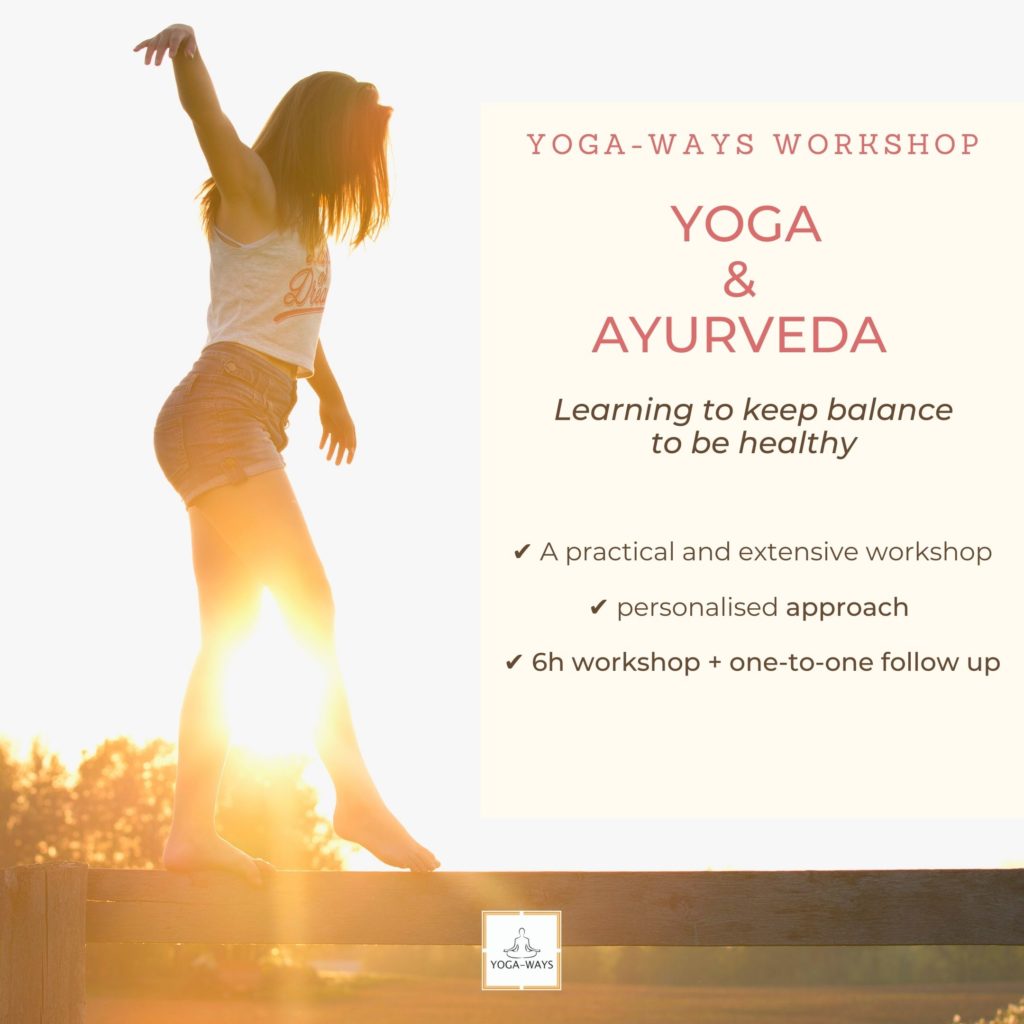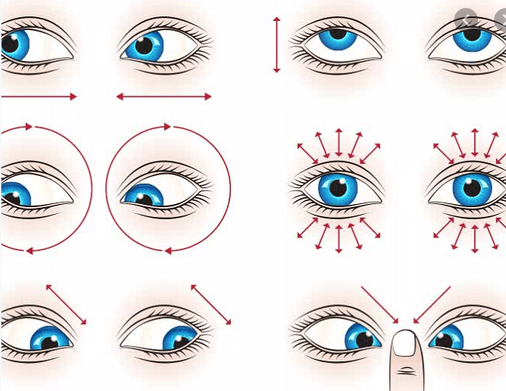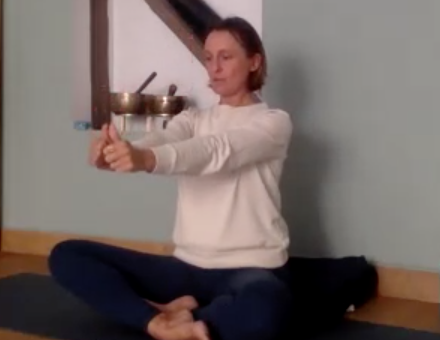Une pratique de yoga bien ajustée peut libérer l’énergie et rééquilibrer un chakra en désordre, ouvrant ainsi la voie à ce fameux basculement intérieur que le yoga promet. Au fil de ces 8 séances, nous explorerons chaque chakra un à un et plongerons dans les mystères du corps énergétique. Chaque pratique démarre par un bref exposé théorique, plus vous pratiquerez un choix de postures, prānāyāmas (respiration consciente) et/ou mantras. Je ne vous promets pas la lune en 8 séances mais un début de compréhension de votre corps énergétique oui! Et pour les plus avancés, l’occasion d’une pratique créative qui ouvrira votre champ d’expérience!
✨
A well-tuned yoga practice can free up energy and stimulate an imbalanced chakra, paving the way for that wonderful internal shift for which yoga is known. Through these 8 classes we will dive into each chakras and explore further the esoteric subject of the energetic body. Each session begins with a brief theoretical introduction, followed by a selection of postures, prānāyāmas (conscious breathing), and/or mantras. I’m not promising miracles in 8 sessions, but you will gain a foundational understanding of your energetic body! And for the more advanced, it’s an opportunity for a creative practice that will expand your field of experience!”

Join me every Monday Oct-Dec 2024 @ 20h00 Paris Time (Online on zoom)
14 OCT 24 : MŪLĀDHĀRA – THE ROOT CHAKRA
21 OCT 24 : SVĀDHISTHANA – THE SACRED ENERGY CENTER
28 OCT 24 : MANIPŪRAKA – THE MAINTAINANCE CENTER
4 NOV 24 : ANĀHATA – THE HEART CHAKRA
18 NOV 24: VIŚUDHI – THE COMMUNICATION CHAKRA
25 NOV 24 : AJÑA – CLARITY & WISDOM
2 DEC 24: SAHARĀRA – SPIRITUALITY
9 DEC 24: JOURNEY THROUGH THE ENERGETIC BODY. INTEGRATION.
What to expect?
Each class will cover one chakra.
Céline will present the chakra (energy centre), explain how it influences us in our daily life and for which “energy” or “function” it is responsible. This short talk will be followed by a guided Yoga & Meditation practice, which will stimulate this chakra and get you to connect with its energy.
I’d like to register for the Yoga serie “the Chakras”:
Price for the full Yoga Serie (8 classes): 88€ (Online on zoom)
Drop-in class: 15€

Read more about Yoga and Health: Balancing Prāna in us and in our energy centers the pillar of good health
Balance is a fundamental theme in Yogic teachings. Indeed, under their prism, health simply goes hand in hand with Balance (with a capital E!). Be patient and read to the end. I cannot avoid a passage that is a little more theoretical.
The balance of our vital energy (prāna) to begin with.
We must have enough prāna in us, but not too much either. It must be well distributed in the 7 energy centers of our body (chakras). Vital energy manifests itself in 5 forms (the 5 vāyus) which correspond to different regions and functions of the body. If there is an energy imbalance, it is a function of the body that will be affected. We will not go into detail today, however, the study of vāyus (udāna, prāna, samāna, apāna and vyāna) and their experimentation through certain practices are fascinating!
Learn more about the chakras from T Krishnamacharya: HERE.
Celine Chambat
Yoga Teacher in Lisbon & Therapist
More Articles:
5 Key Tips for Cultivating Balance, Good Health and Happiness
Bibliographie (Français)
- Le Yoga des éléments de Florence Dugowson
- Patañjali Yoga-Sūtra I Traduction et commentaire de Frans Moors
Bibliographie (English)
- Yoga & Ayurveda – Self-Healing and Self-Realization from David Frawley
- The Yogasūtra of Patañjali I Liberating Isolation from Frans Moor
- The heart of Yoga from TKV Desikachar







